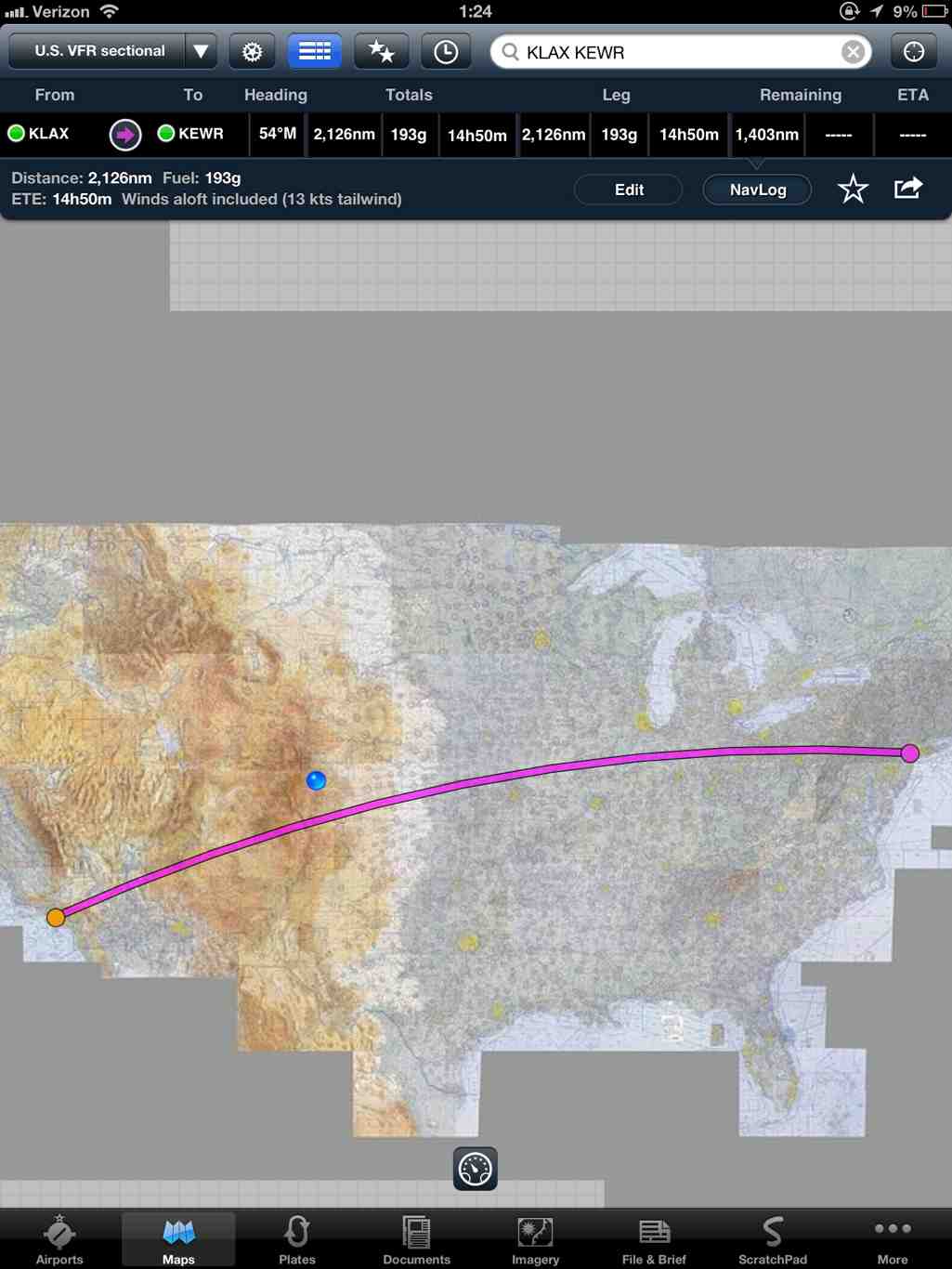I think the thing is that we have two basic truths that have been hammered into us since grade school in conflict here:
Those truths are right. What they do is classic oversimplification of the facts while leaving out relevant information and pretending the new representation is reality.
* Maps are accurate representations of the Earth.
It's a 2D drawing of a 3D surface.
The same problem occurs in a perspective drawing. Two objects in a drawing appear to be a foot apart yet the depth of the drawing toward the vanishing point is half a mile.
*The shortest distance between two points is a straight line.
It is. The problem is that the 2D image does not take into account a real 3D sphere that has depth. The whole concept of a vanishing point to give 3D to a 2D surface does not exist on a map because the vanishing point (center of the earth) is physically off the plane of the map and can not be represented properly.
Understanding this is not about technological computerized nonsense or academic mathematical formulas. It's about kindergarten level geometry and not overthinking it.
Do this with a round globe and a map: (scale doesn't matter, just the 2D and 3D surfaces)
Pick a start and stop point. Something like NYC and Paris or some other points quite a distance apart. It has nothing to do with latitude or longitude lines at all, it's just about being a significant global distance apart.
Lay a piece of string on a 2D map to make a straight line between those locations. Pick a third point along that line. That straight string line is obviously the 2D map shortest route.
Put the string on a globe at the same start/end points with the string crossing that 3rd enroute point. The string is a certain length. You will also notice that it's quite loose on the globe when you're not pulling it tight at the midpoint.
Now forget about the midpoint location and pull the string tight and keep it at the start/end points. You end up shortening the string by a quite a bit and for the NYC/Paris route and the middle of the string moves way North of the 2D reference midpoint.
The straight tight string on the globe route is the shortest distance between two points on the surface of a globe. Plot those enroute points out on a 2D map and there's your mysterious confusing 2D great circle route.
Your typical FAA approved 50 mile XC has a great circle route. Walking the one step from the kitchen sink to the fridge does too. At those distances though, the added range on the 2D map to get there is irrelevant for real world operations.

